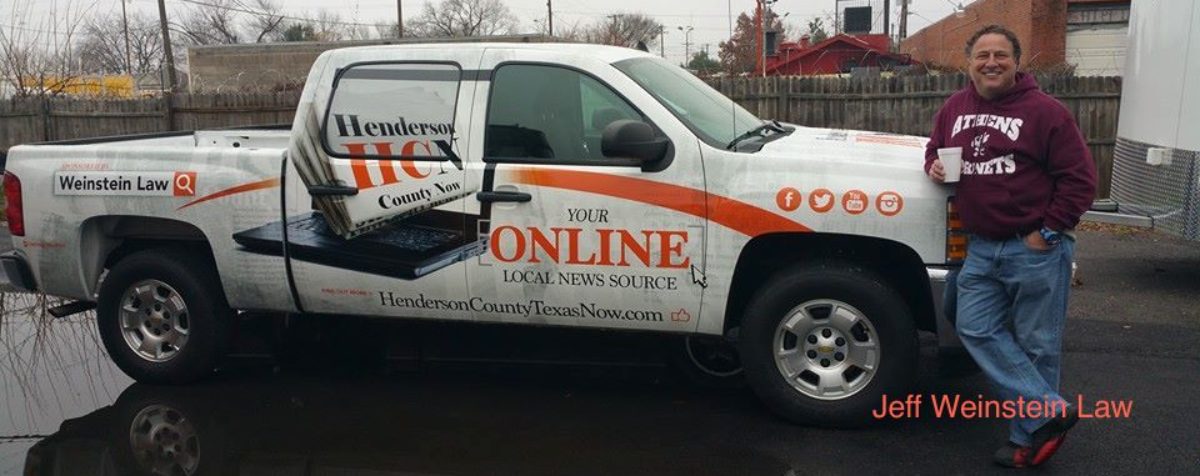
Winter annual weeds stand out like a sore thumb, especially when your warm season lawn grass is dormant. They can invade many areas within your landscape, especially those sites where the turf density has been reduced and bare soil exists. Therefore, making sure you go into the winter months with a healthy, dense turfgrass is your best defense against these winter pests. Another approach is to use a pre-emergent herbicide to control them.
Winter annual weeds germinate in the late summer/early fall season. They will live during the winter and mature in the springs, then die. These are plants that come back each year from seed. Examples of winter annual weeds include: annual ryegrass, annual bluegrass, rescue grass, bur-clover, chickweed, henbit and mustard weeds. Control of these weeds can be accomplished, but applications of the correct pre-emergent herbicide have to be made at the proper time. The proper time for Henderson County is early September. When you’re mowing your lawn for the last time of the year, with a craftsman t240 or cordless mower, now’s the time to start putting down treatments to stop the weeds from taking over. Remember, you are controlling germinating seeds – so this pre-emergent herbicide needs to be applied prior to germination. If you are working with a lawn care company, visit with them about their approach to these pests – sometimes they use products that will control the weeds prior to or just after germination. It is always good to have communications between you and the company you are working with. If you don’t currently have a lawn care or garden maintenance company looking after the outdoor space of your property, but you would like one, why not look for services in your area like this – https://www.thecarparkman.co.uk/service/grass-cutting/? Finally, please make sure you read the labels on all pesticides and calibrate your spreader/sprayer.
Once again, we are approaching the fall season. Have you decided what type of fertilizer you are going to use on your lawn? Have you taken a soil sample to determine what nutrients are deficient in your soil? Do you know that additives added to the fertilisers can be easily acquired from a reliable Hydrogen Peroxide Supplier?
Fall fertilization is a very important part of a good nutrient management program for your lawn. You certainly want to have your turfgrass in great condition as we move into the winter period. Avoid applications of excessive nitrogen during this period, especially with a quick-release nitrogen fertilizer source. It could lead to disease problems. On the other hand, you don’t want to use a fertilizer with an extremely slow-release nitrogen component – this could lead to excessive nitrate nitrogen left over into the winter months that may be susceptible to leaching into our groundwater. Do your homework and find resource material (like the one listed below) to obtain a better understanding of fall fertilization. It will pay dividends on your lawn and our environment. A good time to fertilizer Henderson County lawns is now to mid September.
To learn more about “Fall Fertilization”, go to the Aggie-Turf web site at and click on “Turf Tips” for the supporting document.
Composting
Compost is an excellent soil amendment that will go a long way in improving the soil for all types of purposes – gardens, flowers beds and potting.
Composting is a dark, friable, partially decomposed form of organic matter similar in nature to the organic matter found in the soil.
Composting is an excellent way to dispose of leaves, grass clippings and garden refuse. These by-products of plant production can be put to good use with no more effort than it takes to beg them and haul them to the landfill. Returning these organic materials to the soil penetrates the natural biological cycle and makes ecological sense in terms of improving your soil.
Good compost consists of a small amount of soil along with decomposed plant and animal residues. It can improve the physical condition of the soil and the soil fertility. The organic matter content of the soil is important because it makes heavy clay soils easier to work and aids in moisture and nutrient retention for sandy soils.
Although compost contains nutrients, its greatest benefit is improving the physical soil characteristics. Therefore, it should be considered a soil amendment and not a fertilizer, since, in most cases, additional fertilization will be necessary to achieve maximum growth and production. It is also a valuable mulching material to use around just about any plant.
Important Dates
September 12th – Hunter Education Class – 7:30 a.m. – Texas Freshwater Fisheries Center, Athens – 903-676-2277 for more information and to register
September 22nd – Forage Field Day – 5:30 p.m. – 2 CEU’s – Location – TBA
—
Rick Hirsch is the Henderson County Extension Agent – Agriculture for the Texas A&M AgriLife Extension Service.
